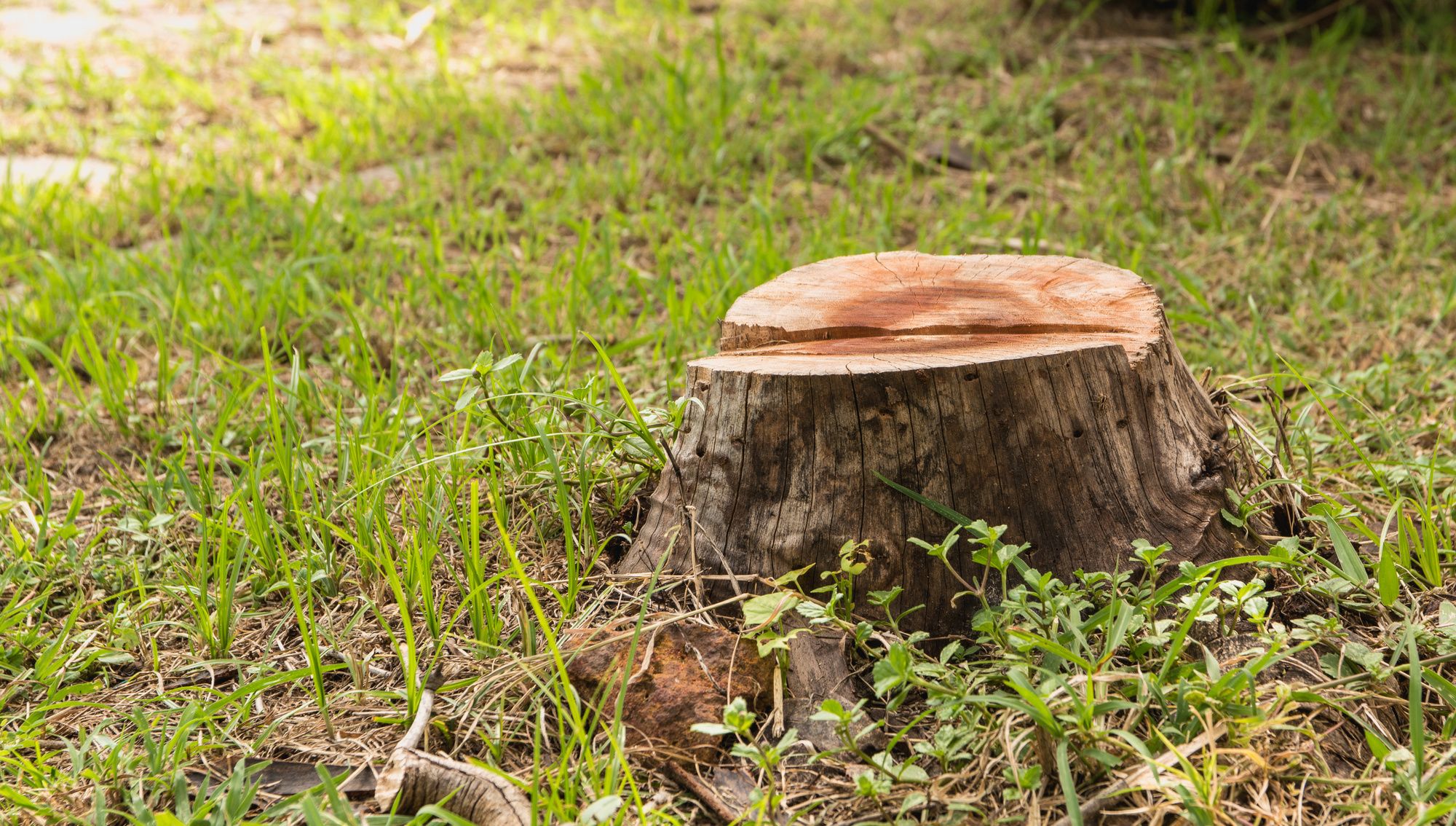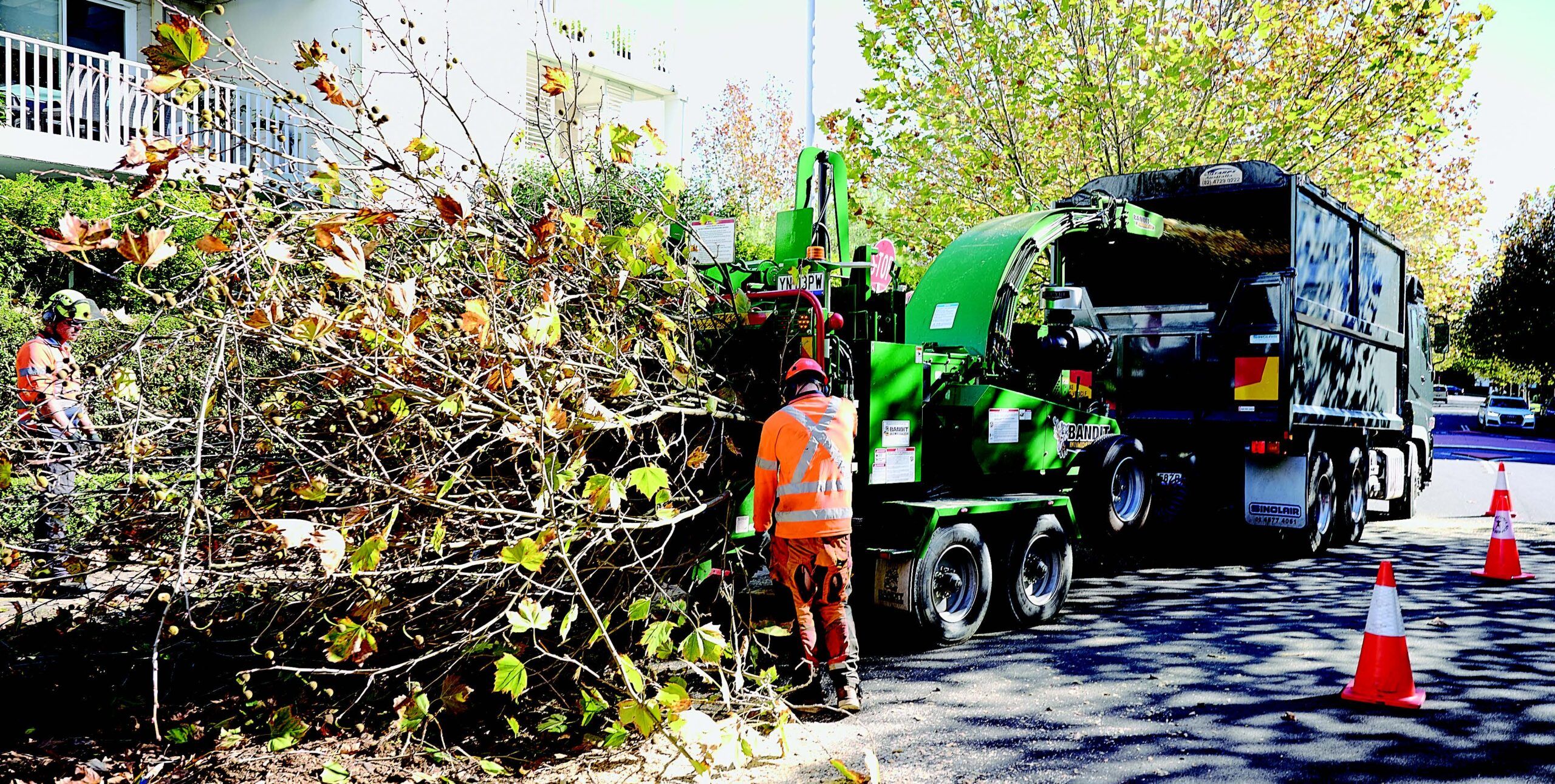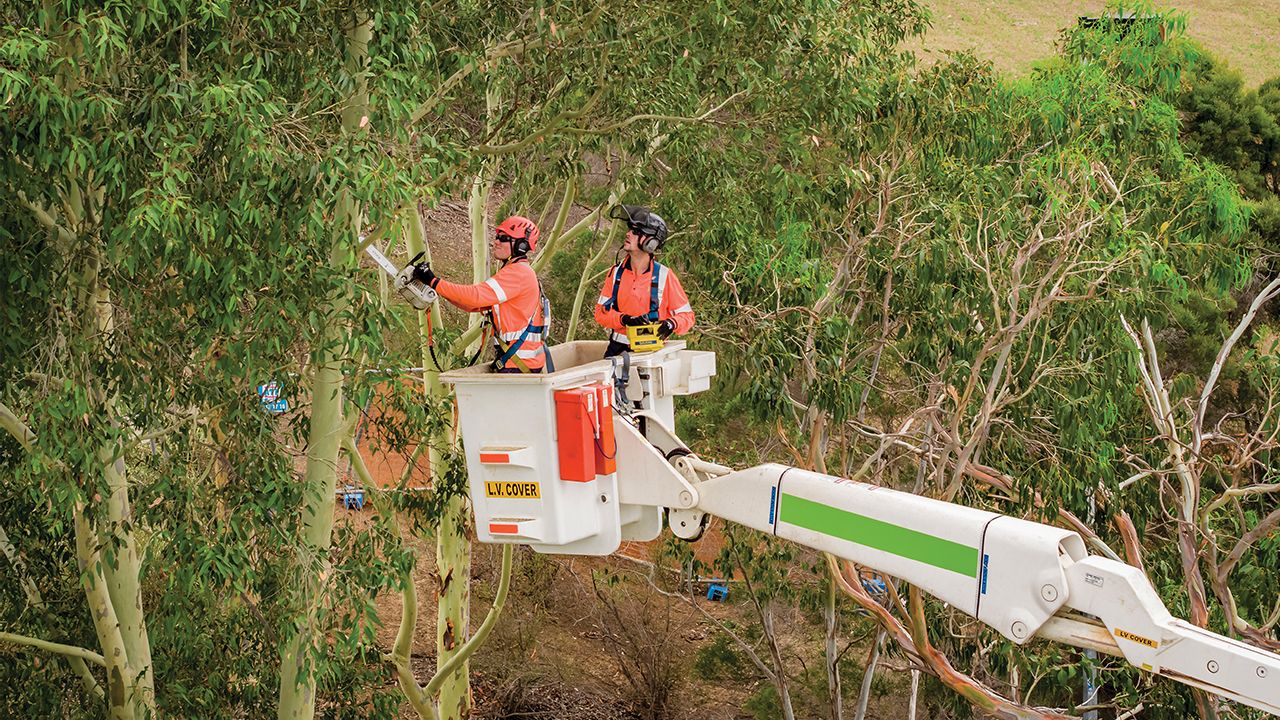After a tree has been cut down there are several methods that can be used to carry out the final step of stump removal. In this article, we will explore the pros and cons of some of the most commonly used methods as well as warn you of some myths and easy fixes out there.
Chemical Tree Stump Removal
Home and garden centres sell a variety of chemicals that promise safe and effective stump removal. If you decide to go this route, we recommend doing your homework first to ensure that the product is the right one for your specific needs. This is because not only are there are products out there that make false claims, but there are also types chemicals that work for certain species of trees and not at all for others. So as with anything else in life, when something seems too good to be true, be wary of it.
While chemically killing a tree may seem like a simple option, because these products tend to market themselves as such, there are actually a number of different methods of applying chemicals each with their own risks and with varying levels of success.
Chemicals are typically applied to the soil, injected into the trunk through drilled holes, applied to fresh wounds in the tree or sprayed. Once applied they can take up to six weeks to take effect and if the chemicals were not applied properly the first time, they may have to be reapplied.
Unfortunately when homeowners decide to do this without the help of a professional they can unwittingly cause damage to nearby vegetation. This can happen either through careless application or because the roots of trees many times become grafted to other surrounding plants so when poison is injected into one it can end up killing an entire area.
Manual Tree Stump Removal
While manual stump removal is a more environmentally friendly option than the use of chemicals, it requires very hard work and, depending on the size of the tree, specialised equipment. If the tree is small enough, the stump can be removed by digging a trench around the perimeter and using a pickaxe to get rid of the main root system. However, nature is designed to repair itself so you will generally need to keep an eye out for sprouts and cut them as soon as they’re visible to deny and leftover roots the energy they need to continue to grow.
Tree Stump Removal with Fire
Removing a tree stump with fire requires minimal equipment but can be a dangerous endeavour and is sometimes ineffective leaving you with an unsightly burnt stump to deal with after attempting to remove it using this method.
To remove with fire you will need to drill large holes into the stump and pour kerosene or fuel oil into the holes. Let the fuel sit for a minimum of two weeks and then drop a match into one of the holes. Once a match is dropped, the stump will smoulder for days so be sure to rope off the area to prevent kids or pets from being harmed. This process is one that many fire codes in cities don’t allow so you may want to check with your local council to prevent being fined.
Starving a tree
To starve a tree and speed up the process of decomposition, there is a process called girdling. This process involves the removal of the protective layer of bark as well as anywhere from 1.5 to 4 inches of the living tree cells underneath. While this process is safer than using chemicals or fire it is not always effective. It also requires special equipment and can take anywhere from a few months to a year or longer to take effect, leaving time for termites and other pests to move in and inhabit the dying tree.
Tree Stump Grinding
When you hire a professional to remove a tree stump using a large piece of equipment called a stump grinder you can be sure that the stump will be removed safely and effectively. Stump grinding is also environmentally friendly, won’t harm nearby vegetation and leaves you with the added bonus of having fresh mulch to use in your garden. To learn more visit our stump grinding services page or contact us.



